If you’re a digital transformation leader, you’re no doubt familiar with McKinsey’s assessment that 70 percent of digital transformation projects fail. In fact, it’s probably a number that haunts your dreams and makes your palms sweat ahead of board meetings.
The problem that most organizations face is that they lack leading metrics for their digital transformation efforts, so that they’re only able to evaluate success – as defined by improved operational efficiency or higher revenues – long after the project itself has succeeded or failed.
But there are leading metrics for evaluating the success of a digital transformation effort. In this piece, we’ll explain what those metrics are and how digital transformation leaders can track them to assess the success of their efforts while there’s still time to adjust and go ROI-positive.
The Problem with User Adoption as a Leading Metric
As I mentioned, any digital transformation effort likely has higher revenue and / or greater operational efficiency as an end goal. But before an organization can evaluate either of those – which might take years to become evident – it can look at user adoption.
In many situations, user adoption is used as an early proxy for the success of a digital transformation undertaking. We know the new technology can save X time per worker, so if we know what percent of the workers are using the new technology, we can predict whether the effort will be successful.
There are two problems with this assessment:
- User adoption doesn’t actually get at whether the new platform makes work easier, faster, or more efficient. If you did a rip and replace, your entire team might be using the new technology, but if it makes their moment-to-moment work more difficult, you likely won’t see the bottom-line boost you anticipated.
- Measuring user adoption doesn’t offer any insight into why it’s high or low – or into how to increase it. For example, let’s imagine you need 80 percent of your team using the new platform to see the revenue increase you budgeted for. Your user adoption metrics show that you’re at 40 percent. And… that’s is. They don’t show why or what you can adjust to double adoption rates.
Still, there is some benefit to tracking user adoption in digital transformation projects. The real value, however, comes from tracking the leading indicators of that adoption.
The Real Leading Metric: Work Friction
In any workplace situation, we can think of three “ingredients” that make up work (see Figure 1):
- The worker
- The things they do
- The people and things they interact with
Figure 1: Ingredients of work

Most of the efforts of HR and employee experience (EX) focus on the first: how can we get workers better trained, motivated, incentivized, etc. In reality, the second and third items need just as much attention.
If, for example, the new technology you introduce makes one or more of the things a worker does during the day more difficult, the worker is not likely to use that platform voluntarily.
When technology (or people or processes) make work more difficult than it needs to be, we call it “work friction.” Digital transformation efforts that increase work friction for workers tend to fail. Even if every user is forced to use the new system, the transformation will fail if it doesn’t lead to increased productivity and revenue – and it won’t increase productivity or revenue if it creates more friction for workers to overcome to do their jobs.
So the real leading indicator in digital transformation efforts is not the rate of user adoption but the impact of the new technology on end users’ work. To assess this, you can ask workers about individual moments in their workday.
The answers reveal where friction lies and therefore what needs to change to make their work easier – and to make the organization as a whole more productive.
Reconfiguring vs. Starting from Scratch
Here’s the really good news: in most digital transformation efforts I’ve experienced, the biggest causes of friction are not specific technologies or platforms but rather inappropriate configurations.
That should come as a relief if you’ve already invested significant time and resources into a digital transformation project. When organizations bring on complex digital platforms like Salesforce or Workday, they do so with a specific configuration and SOW based on the recommendations of a specific consultant and perhaps the input from the internal leaders involved in decision-making.
Sometimes, those configurations work great. Sometimes they work great for certain groups but create immense friction for others. Sometimes they don’t work for anyone. In each of these scenarios, getting specific data from the employees using the software offers you a blueprint for fixing what’s not working – often by reconfiguring the software.
Crucially, approaching digital transformation impact measurement this way means you have a sense of your effort’s success at a point when there’s still time to adjust course to get where you want to be.
Successful Digital Transformation Starts with Measuring Work Friction
In the absence of hard data to assess a platform’s impact early on, digital transformation leaders have only anecdotes to guide them. Inevitably, some users like a new product and others don’t. Deciding whether to make any changes is virtually impossible; in a complex organization, you can’t rely on anecdotes to make major decisions.
Work friction assessment provides you the hard data you need to make adjustments that let you get on the path to digital transformation success.
If you’re interested in measuring work friction at your organization, get in touch. We’d love to help you ensure the success of your next digital transformation effort.
.svg)
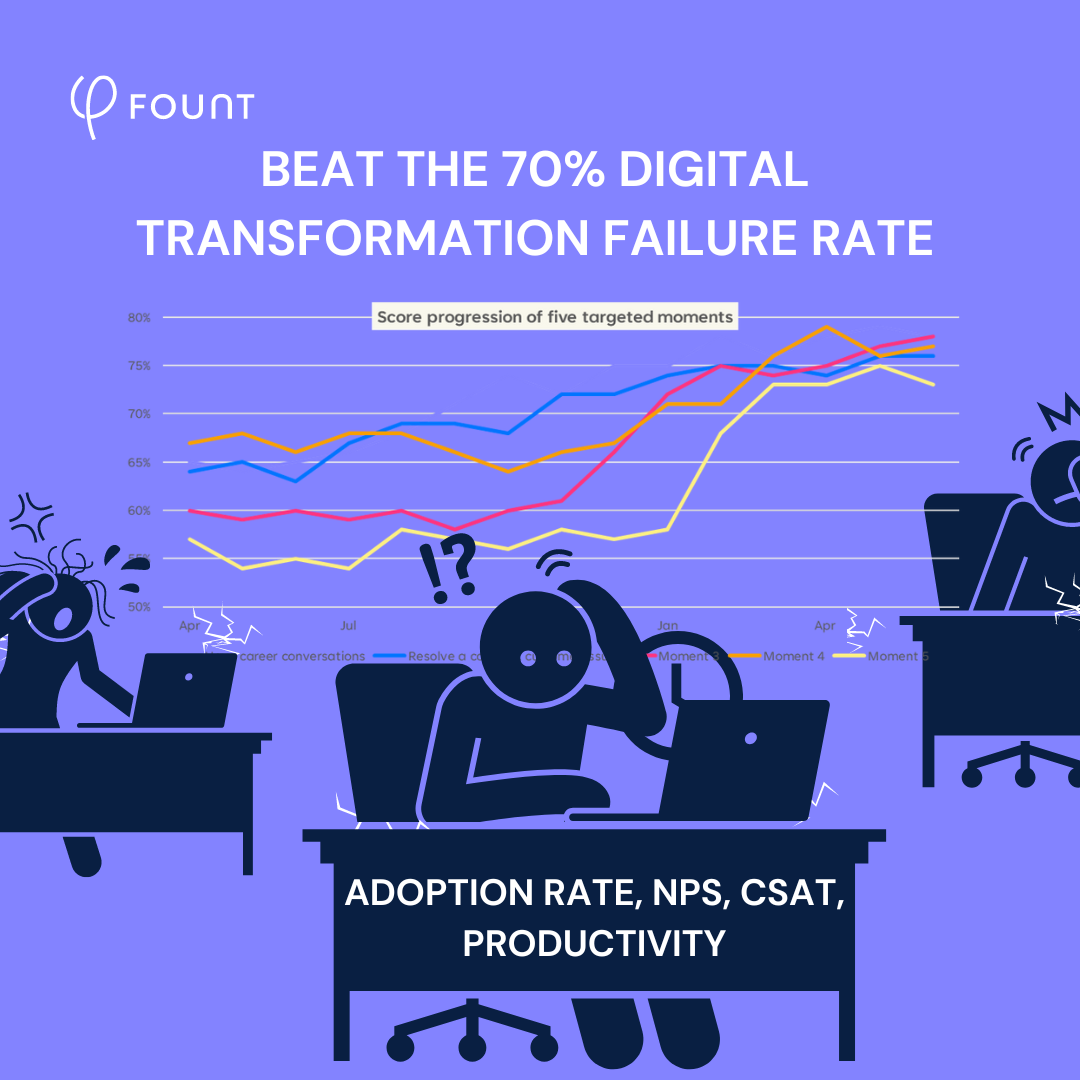
.webp)

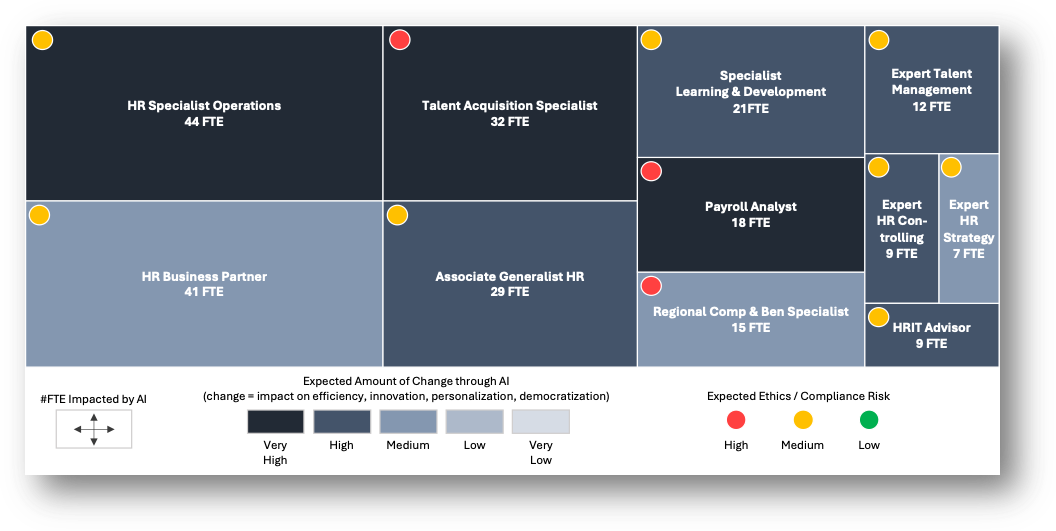
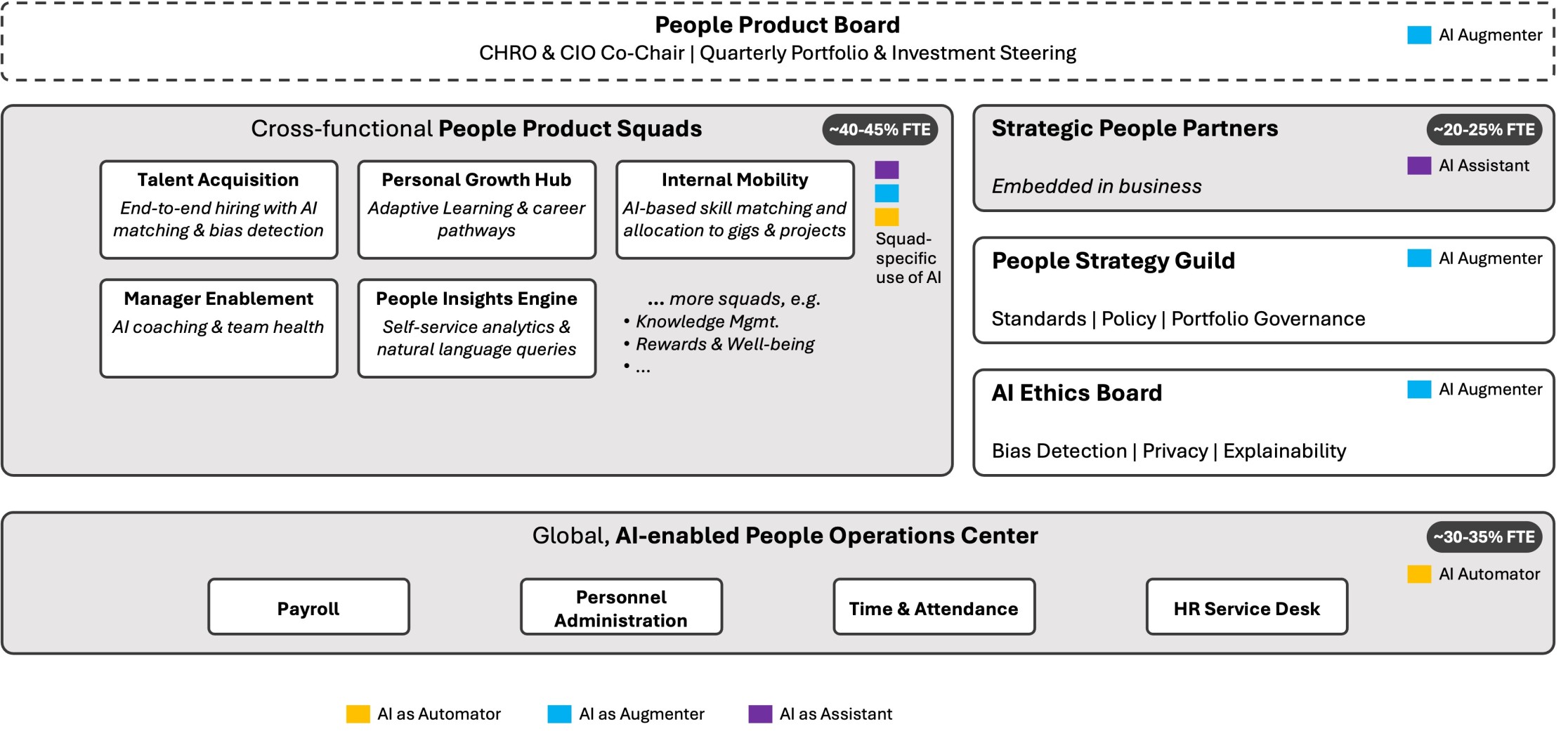

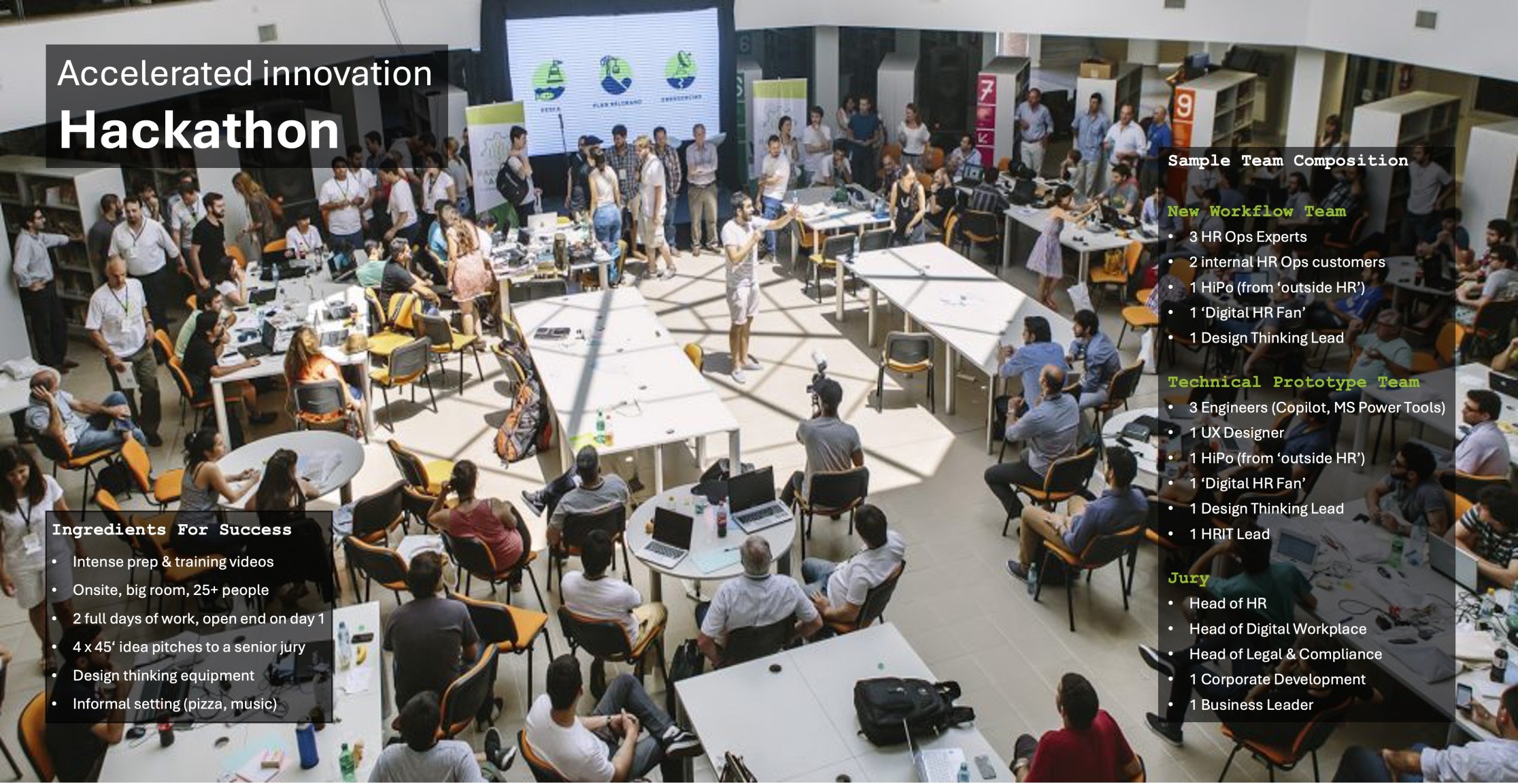
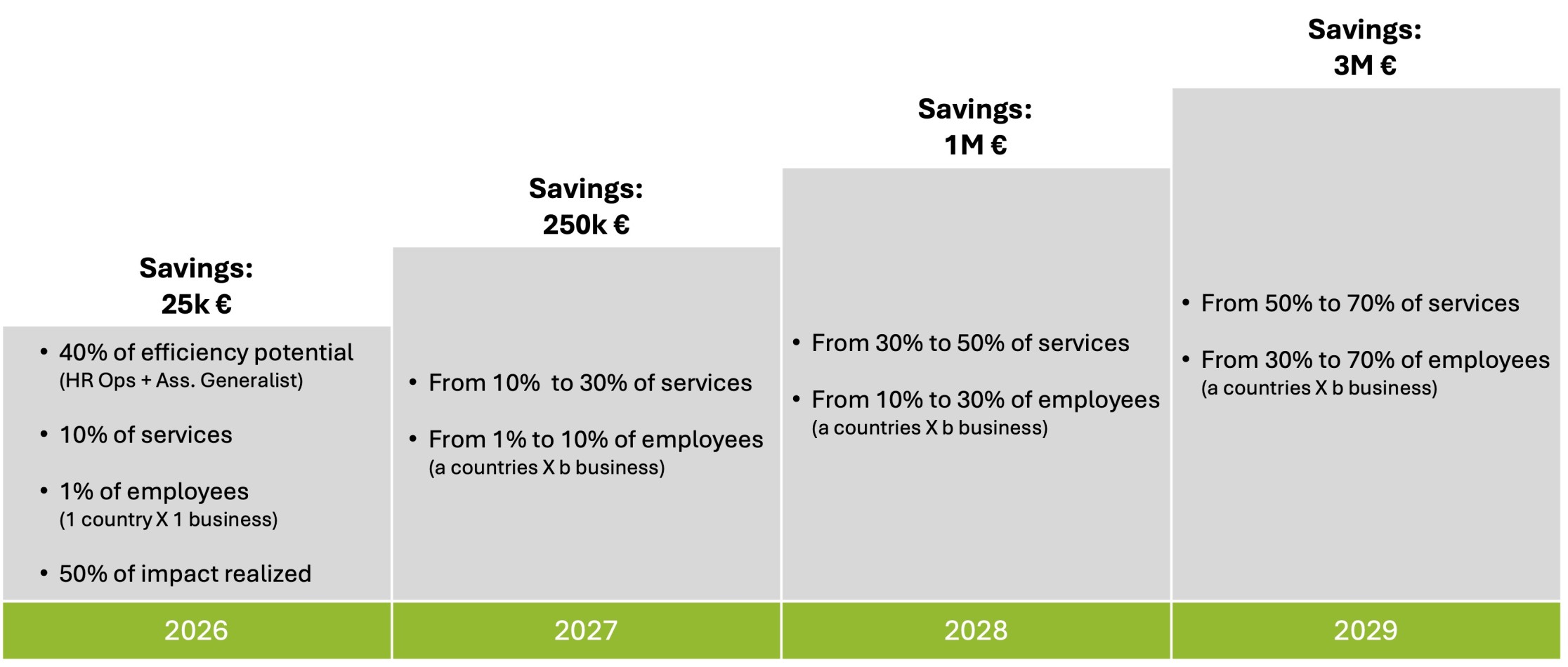

.png)

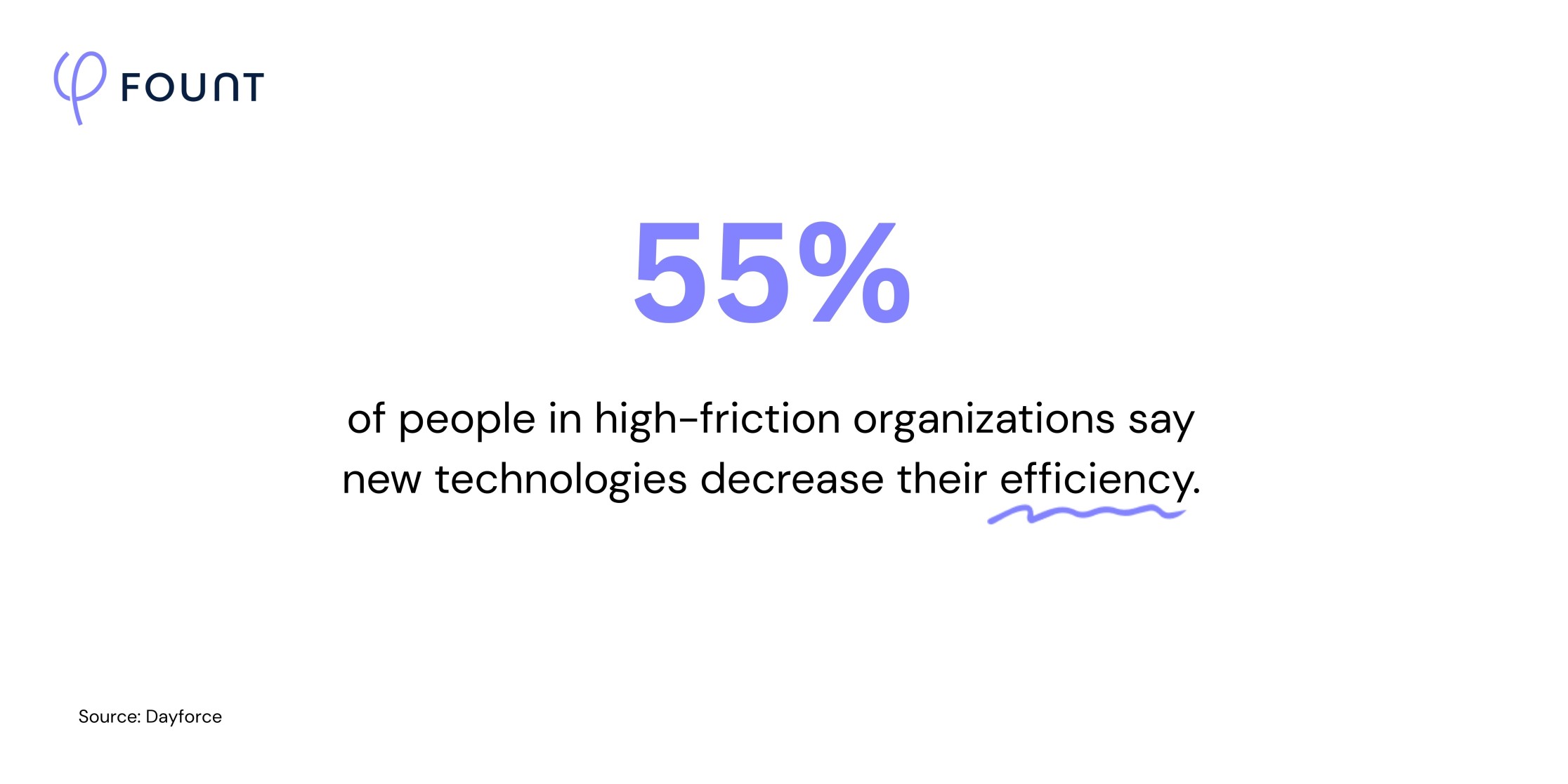

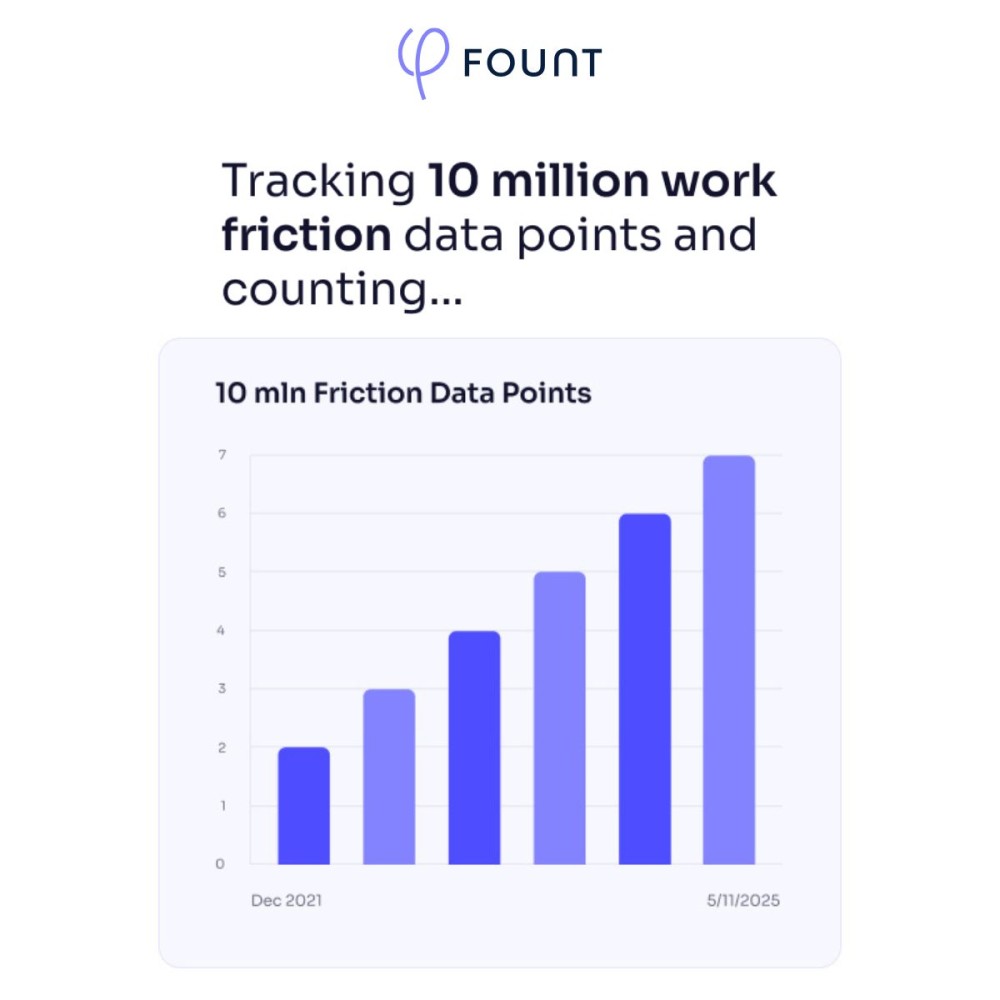
.svg)
.svg)